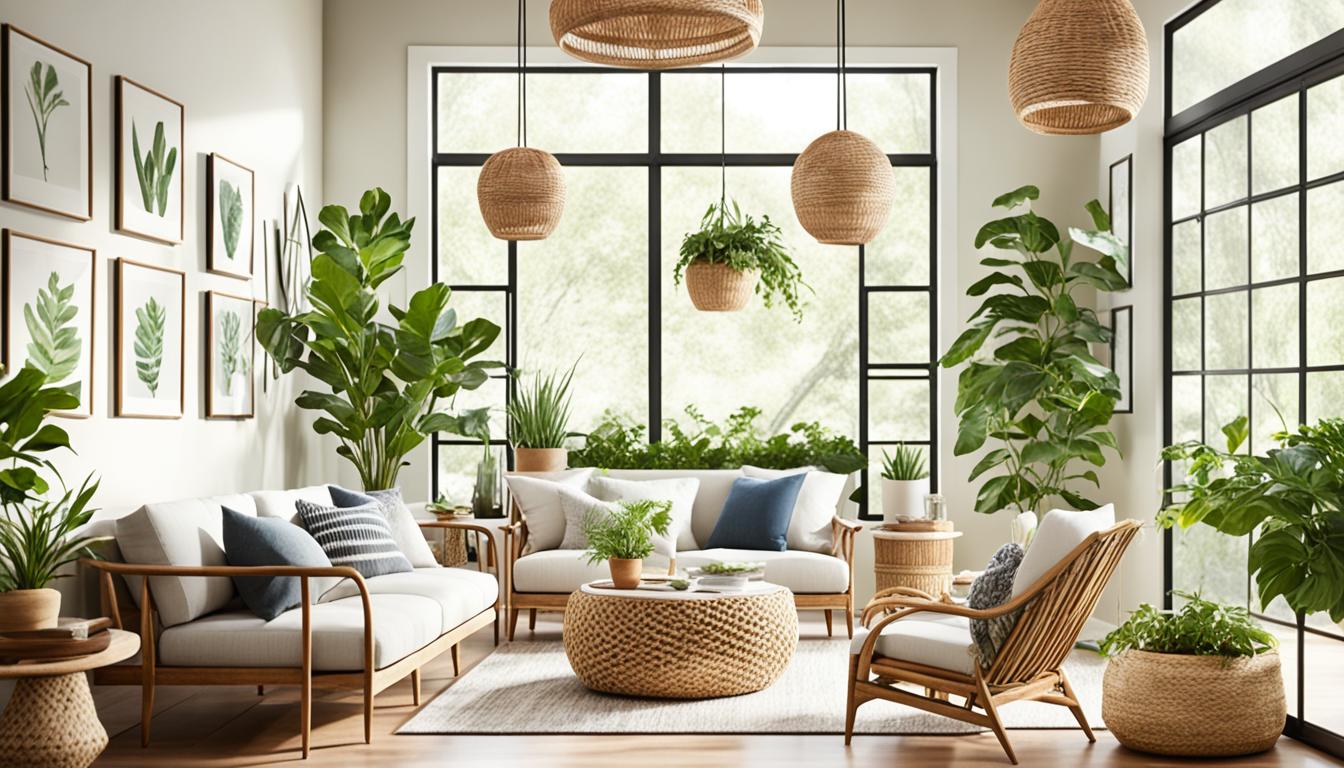Change Your Home With Essential Concepts of Interior Decoration and Aesthetics
By understanding the effect of color concept and the value of structure and patterns, one can develop areas that are not just aesthetically appealing however additionally deeply personal. Achieving this balance entails even more than mere design; it encompasses a calculated setup and a keen understanding of how each aspect interacts within an area.
Recognizing Shade Concept
Understanding the principles of shade concept permits developers to develop areas that resonate psychologically with residents while fulfilling functional needs. Each group plays a crucial function in developing harmony within a space.
The psychological influence of colors is extensive; cozy shades such as reds and oranges evoke power and warmth, while trendy tones like blues and eco-friendlies promote peace and harmony. Additionally, making use of complementary colors boosts visual interest, developing striking contrasts that can boost a room's charm.
Neutral colors, on the various other hand, work as a versatile background, allowing other style elements to radiate. It is vital to consider aspects such as lighting and the room's objective when selecting a color scheme, as these can alter the assumption of colors throughout the day.
Inevitably, a well-considered color system can transform an area, fostering a feeling of convenience and style that lines up with the inhabitants' preferences. Mastery of shade concept is, for that reason, a crucial ability for any type of indoor developer aiming to create harmonious and inviting settings.
Attaining Balance in Design
How can designers achieve a sense of balance in their areas? Accomplishing balance in design is fundamental to creating harmonious insides.
Unbalanced equilibrium, on the other hand, counts on differing elements that still achieve a natural appearance. This technique permits for even more dynamic and informal arrangements, providing passion while maintaining stability. By carefully picking differing sizes, colors, and structures, designers can develop an aesthetically compelling room that really feels well balanced yet energetic.
Radial equilibrium highlights a central centerpiece with aspects emitting exterior. This style is typically seen in round designs, where furnishings and decoration create a natural border that attracts the eye internal.
Ultimately, attaining balance calls for thoughtful consideration of range, proportion, and the connections between aspects. Architecture Firm. By skillfully applying these equilibrium principles, developers can transform areas right into atmospheres that really feel both aesthetically pleasing and functionally unified, enhancing the general experience for occupants
Relevance of Spatial Awareness

A keen sense of spatial recognition permits designers to determine focal factors within a space, assisting the customer's focus to crucial features while maintaining a total feeling of unity. It additionally aids in the critical placement of illumination, which can dramatically affect the perception of space and mood. Additionally, recognizing spatial connections makes it possible for the designer to satisfy the details demands of inhabitants, making sure that each location serves its intended function without jeopardizing aesthetics.
Inevitably, spatial awareness is essential for making best use of the capacity of any kind of indoor room. By meticulously thinking about the interplay between dimensions, format, and function, developers can develop atmospheres that not just satisfy practical requirements but additionally evoke a feeling of comfort and appeal, improving the total living experience.
Integrating Structure and Patterns
Welcoming a varied variety of appearances and patterns can substantially boost the aesthetic and responsive charm of an indoor area. The tactical use different products-- such as timber, steel, material, and stone-- develops deepness and interest, making an area really feel extra welcoming and vibrant. As an example, combining smooth surface areas with harsh appearances can develop an equilibrium that attracts the eye and engages the detects.
When incorporating patterns, take into consideration both range and rep. Big patterns can function as prime focus, while smaller sized, refined designs can enhance various other aspects without overwhelming the room. Layering patterns, such as pairing floral paddings with striped tosses, includes complexity and a feeling of harmony if executed thoughtfully.
It is likewise crucial to preserve a natural shade scheme, making sure that textures and patterns function together as opposed to compete for interest. By choosing a couple of vital visit site appearances and patterns, you can develop a merged aesthetic that reflects your personal style imp source while enhancing the general setting of the space. Ultimately, the mindful unification of these elements can change an ordinary space into a sophisticated atmosphere abundant with personality and heat.
Personalizing Your Room
Producing a room that shows your personality is essential to attaining a truly inviting atmosphere. Customization in indoor style enables you to infuse your distinct design and passions into your home, changing it from a plain shelter into a haven that talks with who you are. Begin by choosing a color scheme that resonates with your emotions-- vibrant tones can stimulate, while soft tones use serenity.
Incorporate art work and decor that show your interests, whether it be travel, nature, or abstract principles. Presenting individual collections, such as publications, photographs, or keepsakes, can evoke cherished memories and develop centerpieces within a space. Additionally, take into consideration tailoring practical items, like upholstered furniture, to line up with your aesthetic preferences.

Final Thought
In verdict, the makeover of a home with the vital principles of interior decoration and appearance requires an extensive understanding of shade theory, equilibrium, spatial understanding, structure, and customization. Each aspect contributes considerably to creating a harmonious and functional living environment - Architecture Firm. By thoughtfully integrating these principles, people can enhance the visual allure and emotional vibration of their spaces, inevitably fostering a home that shows one-of-a-kind identities while offering comfort and usefulness